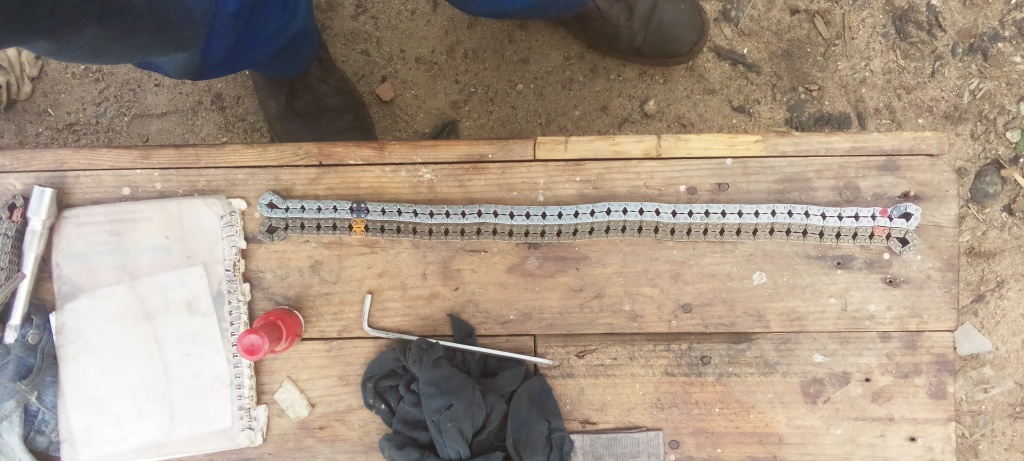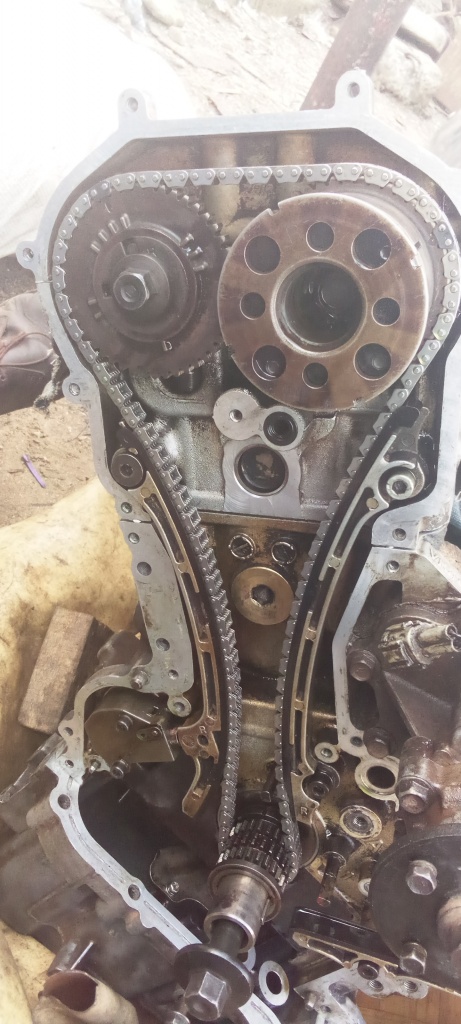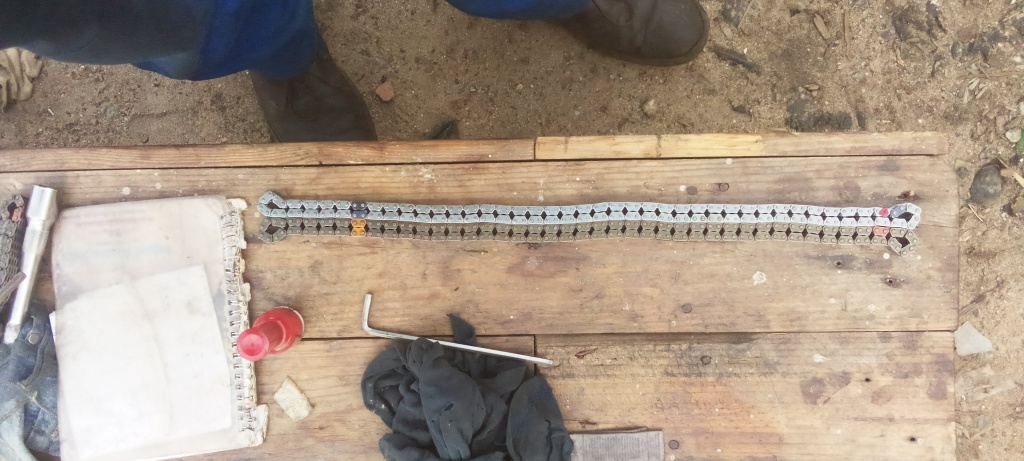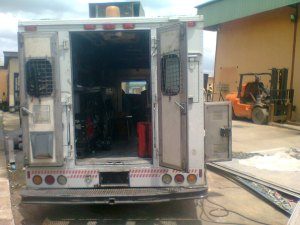The aftermarket parts market, or businesses, have been booming for years now, due to the fact that some OEM parts are dammed expensive, or are difficult to come by, for instance, considering replacement parts for older, or vintage vehicles.
Aftermarket parts, in my opinion, are not that expensive, as compared to OEM ones. But recently, I have observed that most of the aftermarket parts I have used in the shop, meets, or even exceeds some OEM parts.
But here is the problem. Some of these parts, without carefully placing them side by side, and looking at them, one gets deceived by their slight similarities, and think they are identical.
We have had problems where replacement parts were installed, only to discover that they just didn’t match or performed properly.
Here’s a case study:
Some months ago, I had decided to do a major rebuild on my M45 infiniti sedan car.
I needed to have the engine rebuilt, after about 4years, of a previous rebuild.
The necessary parts for the job were gotten, and because I was not able to access the OEM timing chains on the VK45DE engine, I opted for an aftermarket one.
Looking at the new chains, you just would not suspect there could be any significant differences between this, and the old OEM timing chains that came off of the engine.

Fig1: Aftermarket and OEM chains placed side by side

Fig2: Aftermarket chain installed on the engine; but with a significant overadvanced position
After I realised the confusion in the over-advancent of the aftermarket timing chain, I wanted to be sure where the problem could be coming from.
You know job like this, requires some level of patience, and an eagle eye scenario, of some sort.
Removed the aftermarket chain, installed the old OEM timing chain, and retimed the engine once more. It was from this simple experiment, I realized the major difference here. The chain was at the right timing chain marks on the camshafts/crankshaft gears, but using the aftermarket one, the timing, was incorrect, because it had jumped two teeth.
This would have been a disaster, using the aftermarket chains, because of driveability and performance problems that would occur, after the job.
WHAT WAS THE FIX
- Placed the two chains side by side, to identify any difference that might be there, especially the timing marks.
- When I discovered the differences in the timing marks of the two chains were not the same, I took a white marker, carefully transferred the timing marks on the old chains, to the exact positions or links where they were supposed to appear.
- Reinstalled the aftermarket chains, and retimed the engine again. This time, the marks on the timing chains lined up exactly on the camshaft/crankshaft gears.
- Reassembled the engine, and finally started the engine. Engine ran smoothly, without issues.
HOW TO AVOID SIMILAR PROBLEMS USING AFTERMARKET PARTS
- Don’t assume all aftermarket parts are the same, even though they appear similar physically
- Always, as a matter of rule, compare OEM parts and aftermarket ones side by side to spot any difference that maybe there. This would help in deciding if to return the part(s), or seek for a replacement.
Aftermarket parts always appears the same on visual inspections, but would perform differently as expected, if there are obvious differences on configurations, etc.







This is myy first tome visit aat here aand i aam
really pleasant tto read everthing att alone place.
Thanks